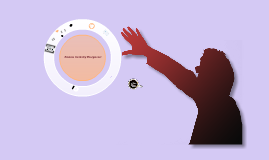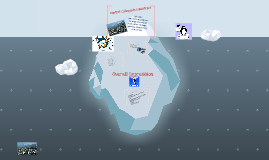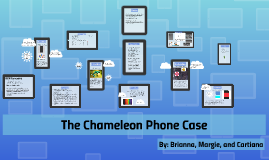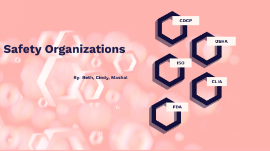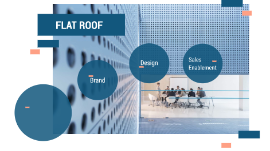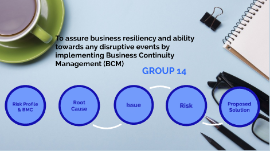bcm
Transcript: By: Beth, Cindy, Mashal Safety Organizations OSHA OSHA Occupational Safety and Health Administration When was it created? When Congress established the agency under the Occupational Safety and Health Act, which President Richard M. Nixon signed into law on December 29, 1970 Why does it exist? Why Created because of rising injury and death rates at jobs. Agency focuses its resources where they can have the greatest impact in reducing injuries, illnesses, and deaths in the workplace. Role in healthcare Role It gives resources to hospitals so they can assess a workplace’s safety needs, implement safety and health management systems. Preventing worker injuries not only helps companies but it also helps patients and saves resources for hospitals. Example Other Promotions An example would be training a company in first aid in order to prevent injuries. CDCP CDCP Centers for Disease Control and Prevention When When Created on July 1, 1946. Its primary mission was to prevent malaria from spreading across the nation. Why Why Its main goal is to protect public health and safety through the control and prevention of disease, injury, and disability in the US and internationally. Role Role It is the nation's health protection agency, it protects people from health threats. The CDC conducts experiments and studies science and provides health information that protects our country against expensive and dangerous health threats, and responds when these arise. Example -An example is the Ebola outbreak, the CDCP worked to help contain it and to find a cure. CLIA CLIA Clinical Laboratory Improvement Amendment When? When ? Established in 1988 and finalized in 1992 Why? Why? Sets the quality standards for lab testing of clinical testing for patient diagnosis and treatment. Role? Role? It helps health care providers monitor specific diseases or conditions. It also helps assess patient health to make clinical decisions for patient care. Example Example An example is the CLIA using hair, urine, or skin samples to test if something is safe before testing it on humans. FDA FDA Food and Drug Administration When When? June 30, 1906 Why? Why? FDA’s modern regulatory functions began with the passage of the 1906 Pure Food and Drugs Act, which prohibited interstate commerce in adulterated and misbranded food and drugs. This had been the driving force behind this law and headed its enforcement in the early years, providing basic elements of protection that consumers had never known before that time. Approach Approach Role Role The Food and Drug Administration is responsible for protecting the public health by ensuring the safety, efficacy, and security of human and veterinary drugs, biological products, and medical devices; and by ensuring the safety of our nation's food supply, cosmetics, and products that emit radiation. Example Example --An example of this is if a new medical device was to be created, it must go through a number of tests and trials before it can be put into us with patients. ISO International Organization for Standardization ISO When Created on February 23, 1947 by a group of delegates from 25 countries, the 67 original technical committees of ISO came together with a unified goal of ensuring products and services are safe, reliable, and of good quality. When Why It helps to ensure the safety, reliability, and quality of products. ISO International Standards help businesses of any size and sector reduce costs, increase productivity and access new markets. Why Role Health professionals rely on ISO management systems help deliver quality healthcare with total confidence. While ISO symbols work as a universal language that can warn people of potential hazards and help them to stay safe. Role Example An example would be the symbols in hospitals that relate to and warn of dangerous things including, radiation from x-rays, needles, and other possible dangers relating to health. Example







